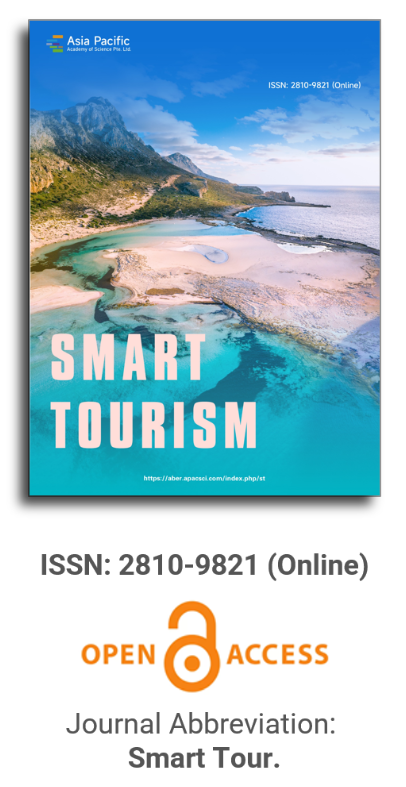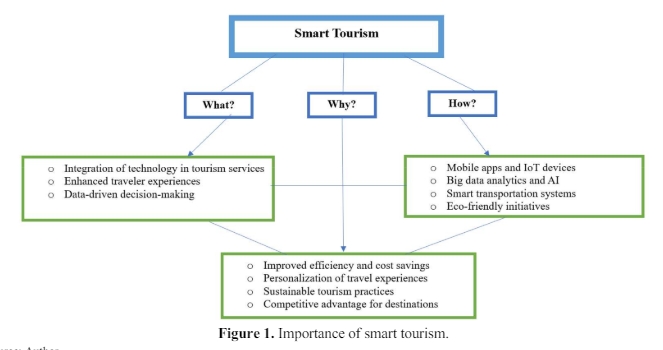


This study aims to evaluate and contrast the training that current food and beverage (F&B) service students received at their hospitality schools with the usefulness of such training and its effects on the hotel business. The study also aims to examine how the F&B service students’ acquired skills are perceived by industry professionals after the new graduates enter the job. Students majoring in the F&B service department of hotel management at the undergraduate level served as the study’s subjects. This article employs a survey approach in order to determine what and how hospitality schools could best educate F&B service students for success in the profession. The viewpoints of students, instructors from hospitality schools, and hotel managers are presented in this study. The findings showed that there are discrepancies in perceptions of the efficacy of the current training programs. Additionally, suggestions are sought to improve training programs. In order to assure success and sustainable growth, educators and hotels should focus on the essential competencies of the F&B service professionals. The report offers proof of the strengths and weaknesses of the F&B service education process at catering institutions. The results have significant ramifications for programs that teach F&B service as well as other hospitality-related subjects in schools.
The most famous tourist attractions in the southern hemisphere, in the nineteenth century were the Pink and White Terraces—New Zealand’s lost Eighth Wonder of the World. They were assumed lost in an1886 eruption. The unpublished 2018 data from passive seismic stations across the Lake Rotomahana overflow in the Taupō Volcanic Zone are examined for evidence of acoustic interfaces that may be traced to Te Tarata, the White Terraces, the stations were coincidentally placed over the reported course of the Kaiwaka Channel buried in the 1886 Tarawera eruption. There was no seismic evidence of the Channel at the reported altitude under either the Smith-Keam or Hochstetter paradigms. This absence is strong empirical negative evidence that the Kaiwaka Channel did not flow beneath today’s Lake Rotomahana overflow, as has been assumed since 1886 under the Smith-Keam paradigm. Unlike the seismic and GPR Black Terrace Crater and Te Tuhi’s Stream (aka Black Terrace Stream) bed evidence obtained by the same 2018 survey—there is no evidence of a pre-1886 eruption paleochannel beneath today’s overflow saddle at the lake and at the Kaiwaka altitude under the 1886 Smith-Keam paradigm or the contemporary Hochstetter paradigm, the latter based upon Hochstetter’s unique terrestrial survey of the Rotomahana Basin. The study reports strong empirical evidence contradicting the assumed Kaiwaka location and with it, the assumed locations of old Lake Rotomahana and the Pink and White Terraces. The Smith-Keam paradigm is thereby confounded. The seismic data provide concomitant empirical evidence for the Rotomahana altimetry and topography reported by Bunn and Nolden, who locate the Kaiwaka Channel 440 m west of the seismic stations. The Pink and White Terraces can no longer be assumed destroyed. They may yet be explored and recovered.
Developing countries in North Africa and the Middle East have a low rate of waste recovery (15%) compared with developed countries (90%). The study aims to investigate the main reasons behind this lag. A literature review was conducted to design a questionnaire for scrutinizing waste management plans applied during design, waste mitigation techniques during construction and government support of this sector. The results indicated that there is lack of updated regulations, 74% of stakeholders still sending waste for landfill disposal, whereas other waste hierarchy processes (recycling and reduction) accounts only 7% and weak support of government. In conclusion, the current situation of waste management is not effective, so quick actions from both government and stakeholders were proposed to improve waste management practices.

Prof. Hung-Che Wu
Nanfang College, Guangzhou
China
Indexing & Archiving
Asia Pacific Academy of Science Pte. Ltd. (APACSCI) specializes in international journal publishing. APACSCI adopts the open access publishing model and provides an important communication bridge for academic groups whose interest fields include engineering, technology, medicine, computer, mathematics, agriculture and forestry, and environment.


 Open Access
Open Access

.jpg)
.jpg)

.jpg)

